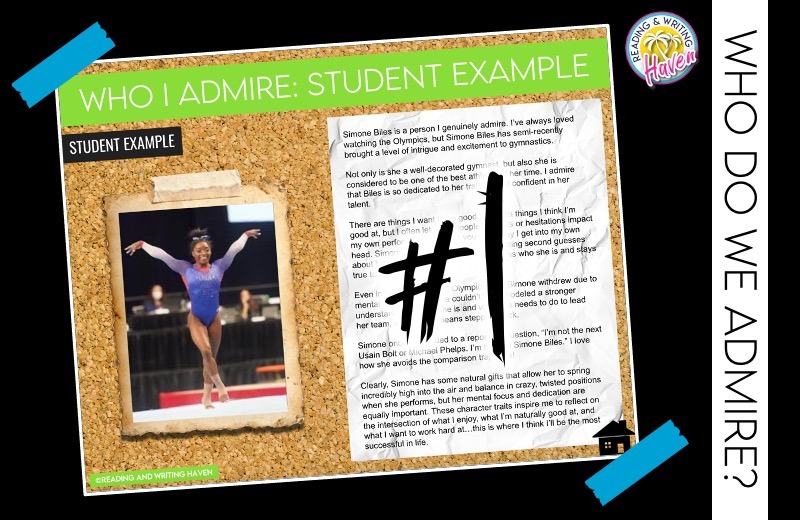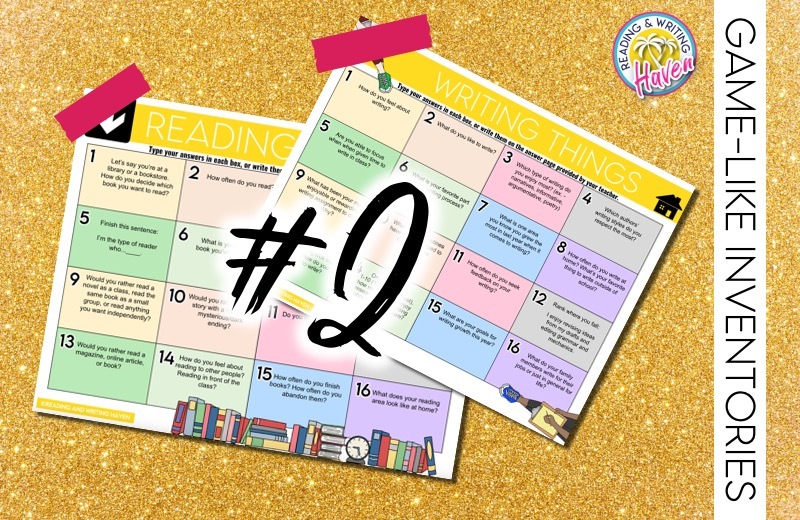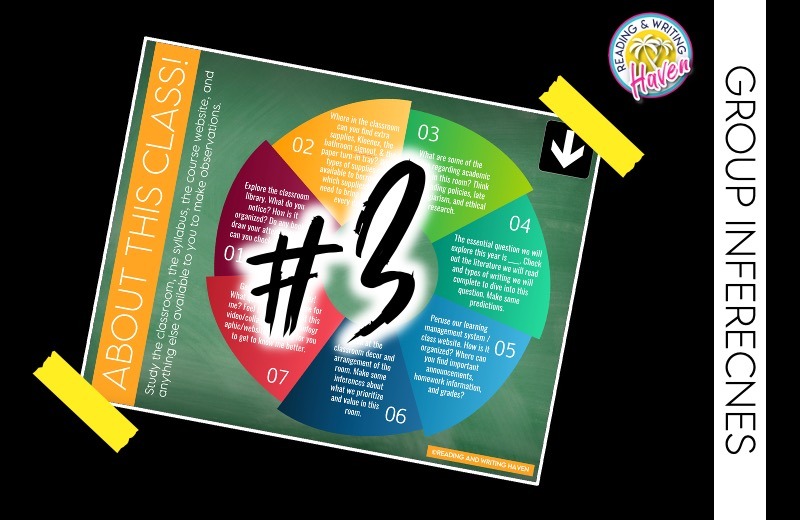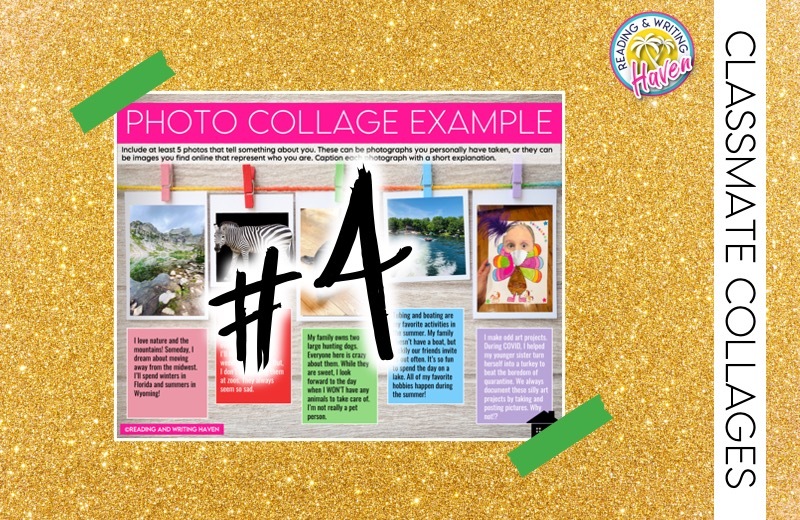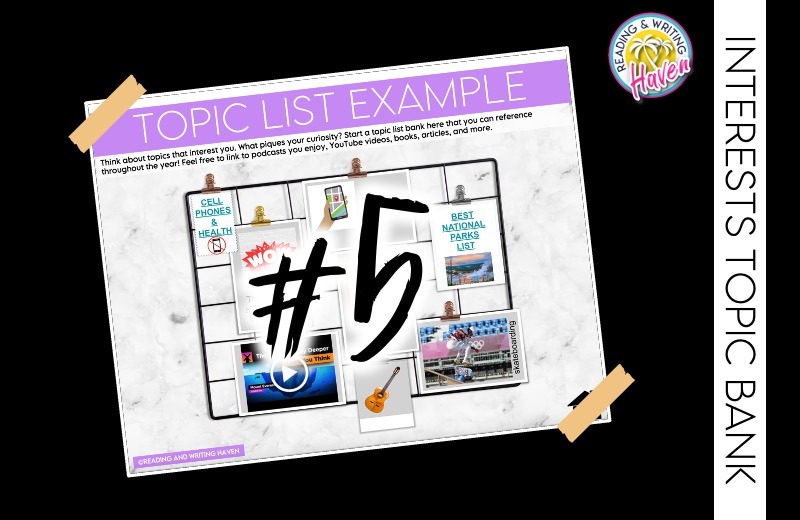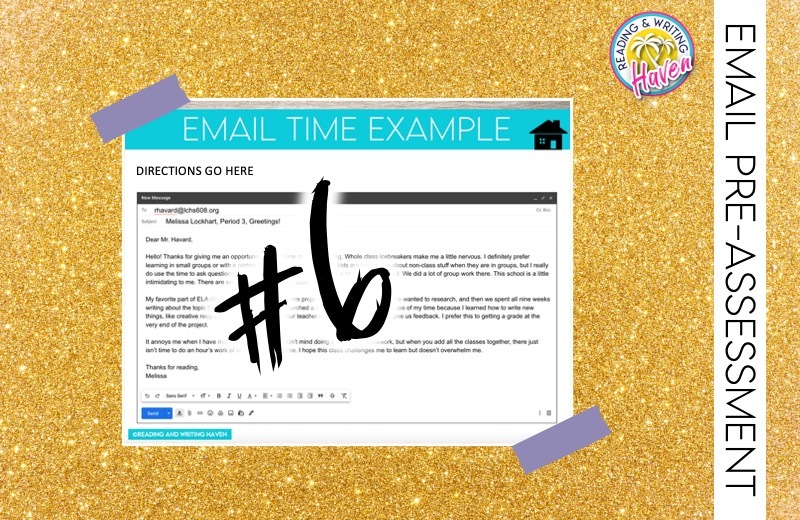6 Fun Back-to-School Activities for Building Classroom Community
Inside: Looking for an alternative to covering the syllabus or using awkward ice breakers on the first day of school? Try this multi-faceted approach to help students begin building relationships and community! These back-to-school activities cover a variety of foundational concepts students will need to know in order to have a smooth school year. But, instead of taking a mundane lecture approach to learning about them, these stations are flexible and social!
Community building is when students come together to work toward a common goal. Everyone feels connected, valued, and seen. At the beginning of a new school year, community building activities are popular choices. But! They don’t always have to involve standing in groups holding hands, crumpling paper, or trying to stack a deck of cards into a pyramid. Those challenges are all great! But, not all students enjoy them, and there isn’t always space to incorporate them in the time crunch of a middle or high school classroom.
Here, I’m outlining some back-to-school activities that are more simple. They work double duty. You can use them to introduce important class policies, procedures, and norms. And, you can use them to promote relationship building both between teacher-student and student-student. If you’re looking for meaningful, practical, and low prep back-to-school activities for the first days of school, keep reading.
Who Are Your Heroes?
Okay, so the word “hero” may be a bit too strong. In the past, when I’ve asked students to identify a hero, they’ve often tended to freeze. The word hero seems to put pressure on the decision. An alternative? Instead, we can ask students who they admire. And, what character traits do these people have that make them admirable? The information students provide gives us a window into what matters to them. And, it helps us to identify stories with characters who may share similar personality traits.
After students identify these individuals, you can have them decorate an index card or Post-It with one word – the thing they admire most. Overcomer, humble, perseverance, real, etcetera. Students can add these one word index cards or sticky notes to a class white board or bulletin board as they share their choices.
Use Game-Like Literacy Inventories
If you’re looking for initial ways to get to know your readers and writers, inventories are a good place to start. The whole class can complete them independently while you sit with students to get to know them informally.
And, the results are valuable for lesson planning! Use the information students provide to choose topics for informational texts or create writing assignments. If you’re feeling like reading inventories are a tad boring, spice them up! I’ve added Would You Rather? questions and game-like elements to inventories for something fresh.
In my classroom, independent reading and writing workshop have been integral in shaping the classroom community. Prioritizing reading and writing conversations at the beginning of the year shows students that literacy matters!
Play Detective & Make Inferences
There’s nothing that builds classroom community quite like solving a mystery! Even older students like to join in the fun when you ask them to be a detective. Challenge them to use the clues around the classroom, investigate the syllabus, and make both direct observations and inferences about the class! What will students learn? What does the teacher value? Students can read between the lines and report findings to the class!
To provide a little structure and focus to the experience, consider scaffolding with specific questions you want to make sure students consider during their investigation.
Consider: How is the classroom library organized? What are some of the expectations for research in this classroom?
The more students work together and discuss their observations with others, the stronger their inferences will be!
Create a Get to Know Me Collage
Have you played the game that’s popular at wedding or baby showers where someone holds a tray, which is full of “stuff”? As a player, you only have a moment to study the items on the tray, and then it’s taken away. The person who remembers the most items on the tray wins. This activity is similar!
Part of building a classroom community is giving students space to learn more about one another. We can do this through digital collages. Students can share 5 (or more!) images that are special to them. These can be photos they’ve taken or images of family or friends. If students don’t have or want to share personal photos, a good alternative is asking them to find graphics online that symbolize a hobby, interest, or personality trait.
Students can share their collages with small groups. Then (this is like the shower game!), when you come back together as a class, ask them to share as many things as they can remember about their classmates.
Start a Writing Topic Bank
If you’ve ever had students who struggle to find a topic they’re interested in writing about, the topic bank activity may be just what you need to begin inspiring young authors right away.
A topic bank is a place (a digital slide, doc, a printed graphic organizer, or space in a writer’s notebook) where students can record ALL THE THINGS that interest them. What are they curious about? What do they do and think about in their free time? Students can write words or questions in their topic banks. They can also link short video clips, interviews, podcasts, or articles. This living document is convenient because students can come back to it time and time again when they need a writing topic.
Topic banks are definitely helpful to individual students, but they can be community-building elements for the whole class! In isolation, creating a really strong list of topics for writing can be challenging. After students share their topics, consider creating a graffiti space where they can write their favorites and then add onto it throughout the year for the whole class to reference. Or, make a bulletin board into a “Class Interests” space. Include a variety of student-generated topics by category!
Email the Teacher Pre-Assessment
Strong, respectful communication makes a big difference in relationships between both teacher-student and student-student. For years, I’ve advocated that email etiquette is an essential first writing lesson of the year.
- Students love it. (it’s engaging)
- Growth is immediately measurable. (yay, instant gratification)
- There’s a lot of laughter that happens! (and who doesn’t need some of that?)
One really easy way you can tell whether or not your students need an email etiquette lesson is by asking them to write you an email! Tell them to draft the email to introduce themselves. They can write about what they love, what annoys them, what they look forward to, and more!
Don’t worry. I wouldn’t actually have students send the email and flood your inbox. I’ve always had a minimum of 140 students, and that would be more emails than I’d want in one day! Just having students write the email on a template in Drive is sufficient enough for you to skim their responses for information that will help you get to know your students.
If you notice students need a good dose of real-world writing, follow this pre-assessment with all or part of my email etiquette unit (there’s a lot included!). It’s the best first writing lesson of the year. Students will share laughter and memorable conversations that will help strengthen the overall community. Plus, their writing growth in this genre will be instantly noticeable and rewarding.
Final thoughts…
These back-to-school activities are simple yet engaging ways to begin building the foundation of your classroom community. Learn about your students a little bit at a time, and collect enough information that you’ll be able to refer back to it all year long! If you love the activities and want to save time prepping them, you can find all of them in my back-to-school community building stations resource.
RELATED RESOURCE:
This stations resource contains all of the back-to-school activities discussed in this article! They are ready to use, but you may want to edit some of the activities so they directly align with how your classroom operates.

